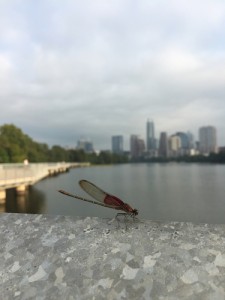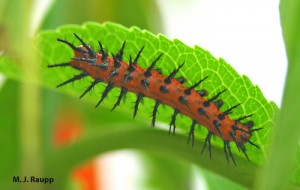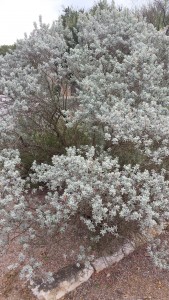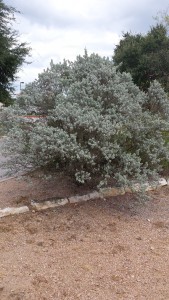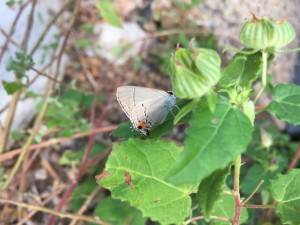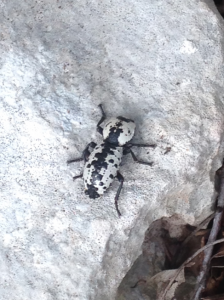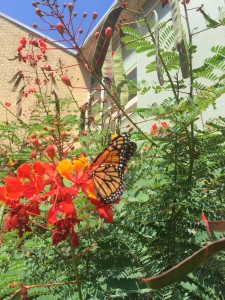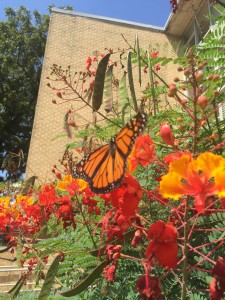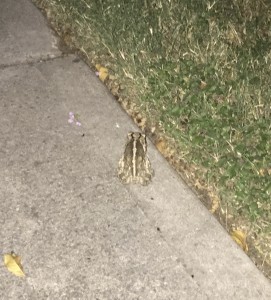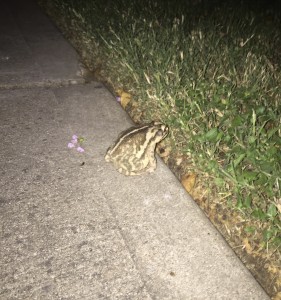I saw these little beauty’s outside of Doyle hall on St. Edward’s campus. This area is planted with several native Texas species such as this one, which attracts many insects. Humming around the yellow bells (Tecoma stans) were several busy bees and monarch butterflies, drinking the sweet nectar produced by this flower.
This irregularly shaped, deciduous shrub is normally 3-6 ft tall, but can reach 9 ft tall in the southern regions of the country. It has several stems and slender, erect branches. The flowers are attached in clusters of large, trumpet-shaped, bright yellow flowers. Its natural range extends from south Texas west to Arizona and south through Mexico and Central America to South America as far as northern Argentina, as well as in southern Florida south through much of the Caribbean.
Click here for my iNaturalist listing.
Source: http://www.wildflower.org/plants/result.php?id_plant=TEST

